10 Inclusive Activities for Nursing Home Staff
We all have loved ones who may have, at some point in their lives, called a nursing home their residence. These places are essential for providing care and comfort to our elderly and vulnerable community members. But there’s something important we need to discuss: inclusivity.
Inclusivity means making sure that every resident, regardless of their background, feels valued and cared for. Many of the residents in nursing homes have diverse life experiences, but often, their unique stories and needs are overlooked.
I want to share ten inclusive activities for nursing home staff that can help create an environment where everyone feels seen, heard, and cherished.
Here Are the 10 Inclusive Activities for Nursing Home Staff
1. Storytelling Sessions: Preserving Personal Histories
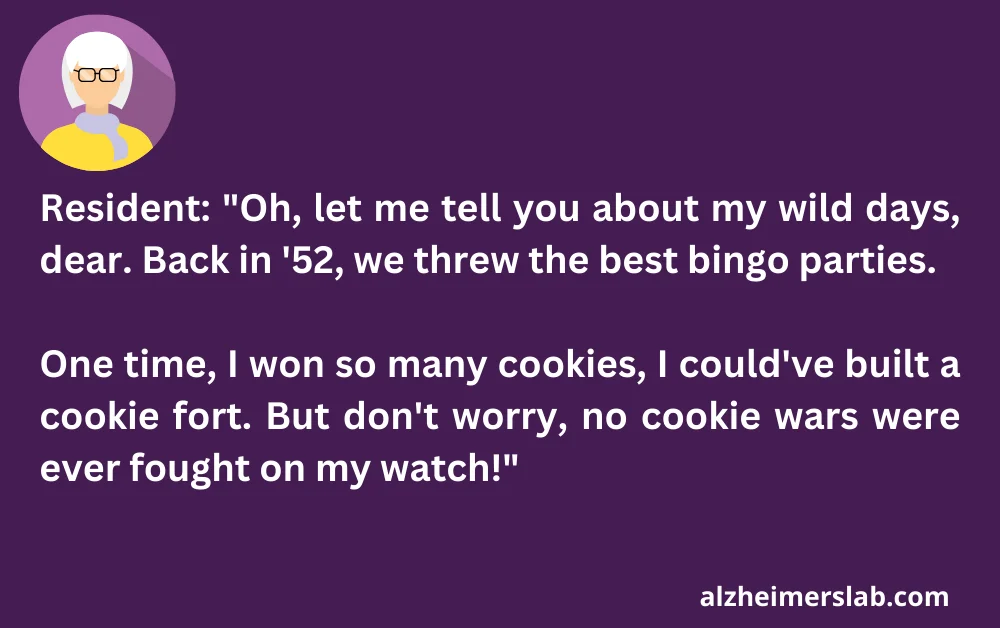
Every resident in a nursing home has a story to tell. These stories are like treasure troves of wisdom and experiences. As nursing home staff, we can organize regular storytelling sessions where residents can share their life experiences. It’s a beautiful way to connect generations and celebrate the richness of each person’s journey.
2. Cultural Celebrations: Embracing Diversity
Our nursing homes are microcosms of our society’s diversity. To foster inclusivity, we can organize cultural celebrations representing various backgrounds. This can include holidays, festivals, or simply sharing different cultural foods. It’s an excellent way to learn from one another and celebrate our differences.
Example: During Hispanic Heritage Month, we can have a fiesta with traditional Mexican music, food, and dancing.
3. Customized Activities: Tailoring Care
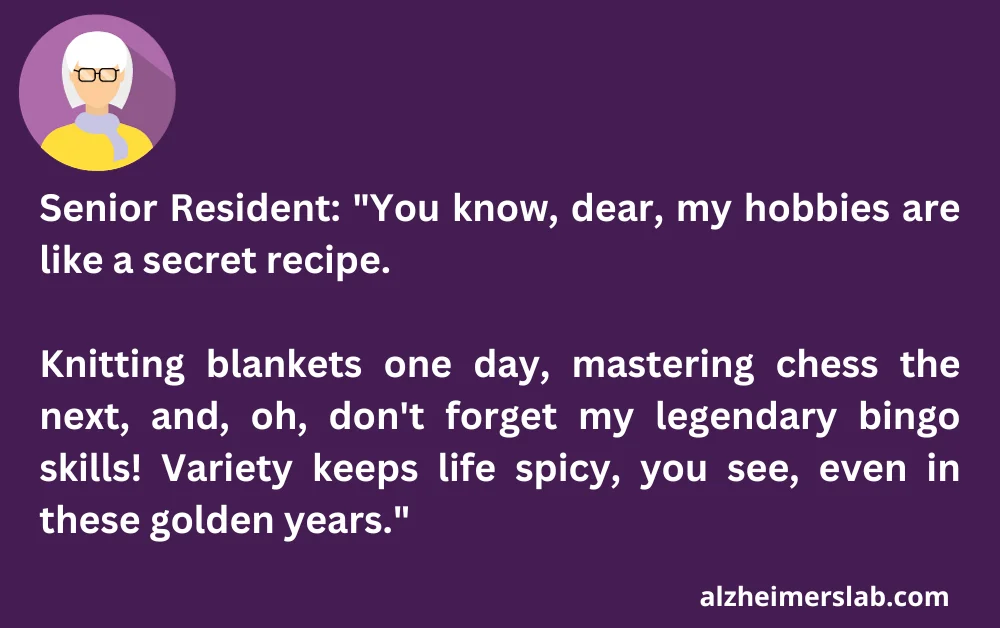
Different residents have different interests and abilities. It’s essential to provide customized activities that cater to their preferences. This might involve creating art, playing music, or engaging in games that align with each resident’s passions.
4. Mentorship Programs: Bridging Generations
Let’s build bridges between the young and the elderly. Mentorship programs involving local students or young volunteers can create meaningful connections. These interactions can be mutually enriching, as both sides learn from one another.
Example: High school students can come in regularly to learn about history from the residents, and in turn, help them with technology.
5. Outdoor Activities: Embracing Nature
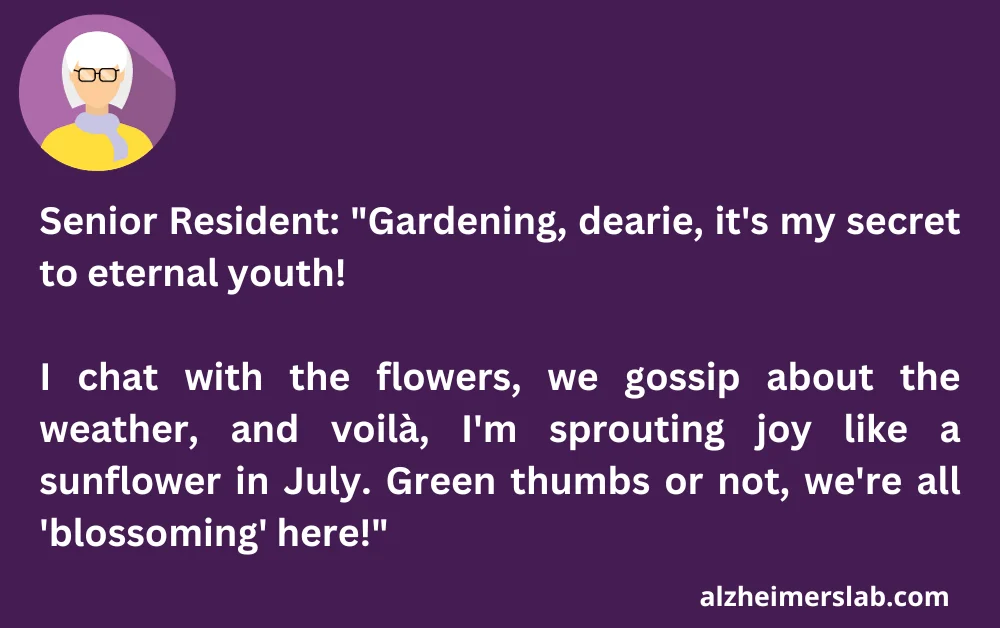
Nature is a great equalizer. Organizing outdoor activities like gardening or nature walks can be therapeutic for residents. It also allows those with limited mobility to enjoy the fresh air and beauty of the outdoors.
6. Regular Check-Ins: A Listening Ear
Sometimes, inclusivity is as simple as having a friendly chat. Nursing home staff should regularly check in with residents to see how they’re doing and if they have any concerns or requests. A listening ear can make a world of difference.
Example: During morning rounds, ask residents how they slept and if they need anything to make their day better.
7. Family Engagement: Building Relationships
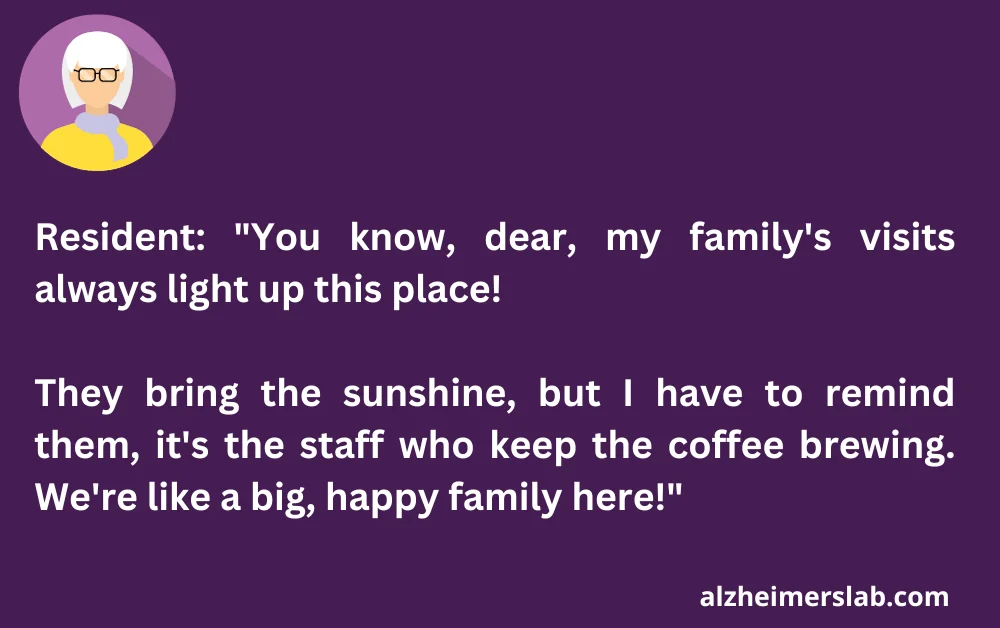
Families play a crucial role in a resident’s life. Encourage family members to participate in activities or volunteer at the nursing home. Building strong family-staff relationships ensures residents feel connected to their loved ones.
8. Educational Workshops: Lifelong Learning
Learning never stops, no matter one’s age. Arrange educational workshops on various topics, from history to technology. It’s a chance for residents to continue their intellectual journey.
Example: A local historian can give a talk about the history of the town, sparking memories and discussions.
9. Artistic Expression: Unleash Creativity
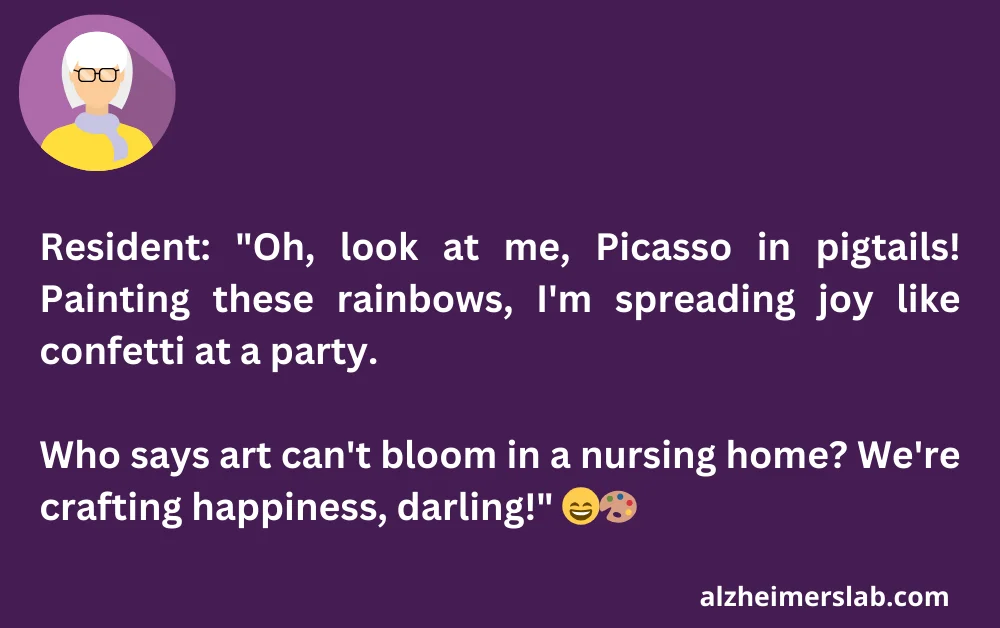
Art is a universal language. Encourage residents to explore their creative sides through painting, crafting, or writing. It’s a fantastic way to express emotions and thoughts.
10. Music Therapy: Healing Harmonies
Music has a unique ability to soothe and uplift spirits. Introduce music therapy sessions where residents can listen to or create music together. It’s a powerful tool for emotional well-being.
Example: A local musician can come in to perform live music or teach residents to play simple instruments like the ukulele.
What does the research say?
In this study by the Public Health Association of Australia, researchers wanted to find ways for healthcare workers and managers at nursing homes to be more inclusive. They shared twelve helpful tips to start this effort. These tips are based on five important ideas: diversity, equity, inclusion, intersectionality, and using people’s strengths.
Imagine you have a box of crayons, each with a different color. That’s like diversity, having a lot of differences. Equity is making sure everyone gets the right amount of crayons to create a fair picture. Inclusion is inviting everyone to join in and draw together.
Intersectionality is understanding that some people have more complex experiences because of multiple differences, like being both older and from a different culture. Lastly, using people’s strengths means focusing on what they are good at, just like using the right color for the right part of the picture.
So, by following these tips and understanding these ideas, healthcare workers can help reduce health inequalities for groups of people who have a harder time accessing healthcare. It’s like making sure everyone has the right crayons to create a beautiful and fair picture together. This approach fits well with caring for each person and including them in all aspects of healthcare.
A Question to Ponder
As we wrap up, I want to leave you with a question: How can we further promote inclusivity in nursing homes, ensuring that every resident feels valued and respected?
I encourage you to share your thoughts, experiences, and ideas in the comments section below. Together, we can create nursing home environments that truly embrace diversity and provide the best possible care for our loved ones.
Remember, inclusivity isn’t just a buzzword; it’s a heartfelt commitment to making every individual’s journey in a nursing home a rich and meaningful one.
